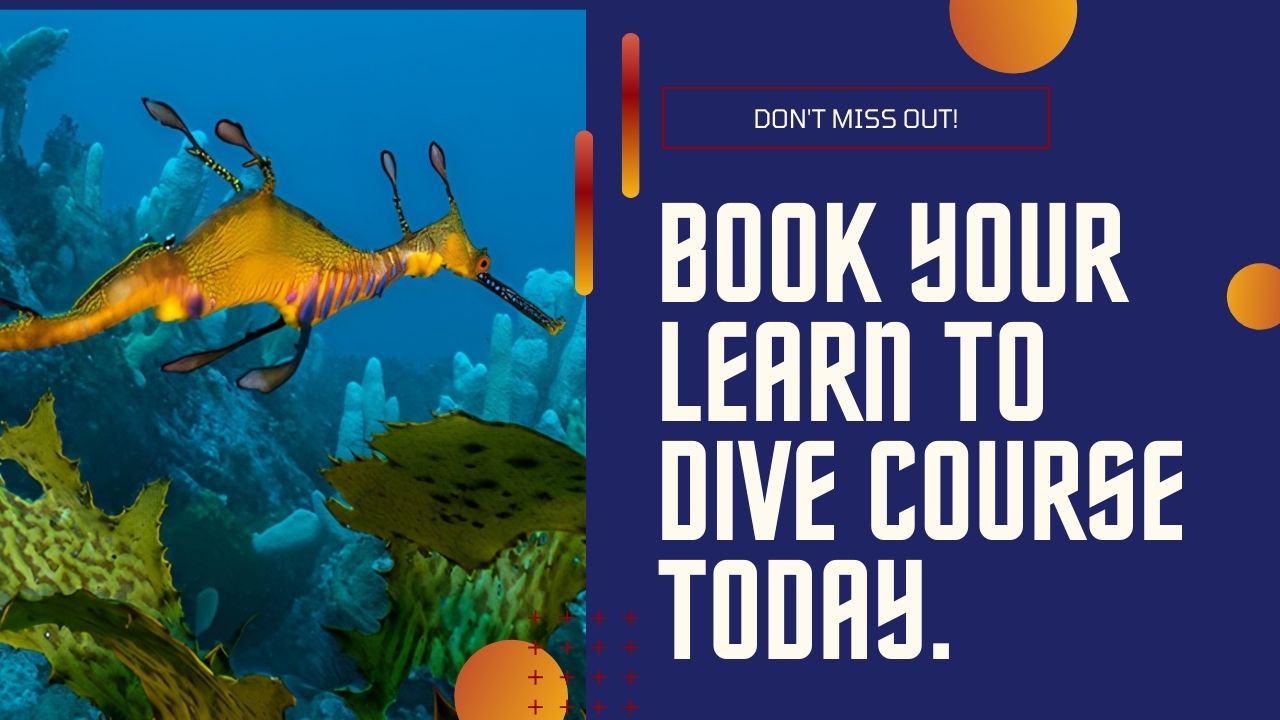You have 0 product(s) in your cart.
Abyss Scuba Diving
How Much Of The Ocean Is Explored And Why We're Just Scratching The Surface
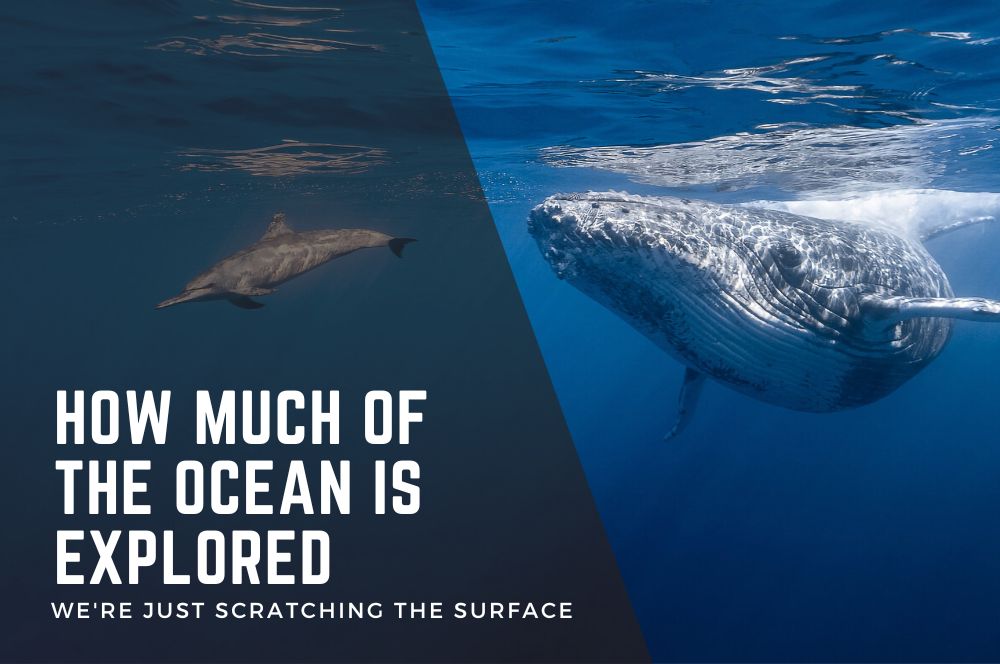
How Much of the Ocean is Explored and Why We're Just Scratching the Surface
Just how much of the ocean is explored? Only a minuscule 20%, leaving an astounding 80% shrouded in mystery. This article uncovers the challenges and endeavors of plunging into the unknown depths, offering a glimpse into why so much of our oceanic realm remains untouched.
Key Takeaways
-
Over 80% of Earth’s oceans remain unexplored, with vast areas like the Pacific and Atlantic Oceans offering untapped opportunities for scientific discovery and an understanding of our planet’s history and future.
-
Scuba diving is limited by physical and physiological constraints, with a maximum safe depth of 40 meters for recreational diving and more complex, technical diving required to explore deeper areas.
-
Modern oceanography utilizes advanced technology such as ROVs and sonar mapping, enhancing our capacity to explore and understand the ocean, while scuba divers act as vital ambassadors for marine conservation.
The Uncharted Vastness of the Ocean

Venture across the earth’s surface, and you’ll find that water, not land, dominates our planet’s face. Oceans envelop a staggering 71 percent of the Earth, presenting an expansive blue expanse that beckons the curious and the brave. Yet, despite humanity’s quest for knowledge and discovery, over 80 percent of these saline waters remain a mystery, unexplored and unseen. It’s a humbling reminder that while we reach for the stars, a significant portion of our own world is still cloaked in darkness, waiting for the light of understanding to pierce its depths.
The vastness of the ocean is not merely a challenge; it’s an invitation to explore, to seek, and to learn. As we peer into the abyss, we’re confronted with the ultimate frontier right here on Earth. It’s a frontier that holds the keys to untold stories of our planet’s past, present, and future, hidden within its depths. The question is not whether we should answer this call to adventure, but how we can do so responsibly, sustainably, and with the awe that such an endeavor deserves.
The Pacific, Atlantic, and Beyond
The Pacific Ocean, an immense body of water that spans more than 63 million square miles, is crowned as the planet’s largest ocean and is home to over half of the world’s free water. In its depths lies the ocean’s deepest point, the Mariana Trench, plunging to about 11,000 meters below the surface, a realm so far removed from sunlight that it exists in perpetual darkness. The Pacific is a testament to the grandeur of the global ocean, a vital component of Earth’s life support system, influencing weather patterns and housing an extraordinary array of marine life. In comparison, the Indian Ocean, though smaller, also plays a significant role in the global ocean ecosystem.
Conversely, the Atlantic Ocean, while smaller, stands as the world’s second-largest ocean and is the backbone of global shipping routes, a testament to its historical and ongoing economic significance. The Atlantic has been a conduit for human exchange and culture, its waves carrying explorers, traders, and empires across its vast expanse. The modern era sees these bodies of water as not just pathways but as sites of crucial scientific inquiry, where studies on underwater ecosystems and climate change are paramount.
Both the Pacific and Atlantic Oceans, as well as the Arctic Ocean and the Mediterranean Sea, with their own unique attributes, underscore the need for further exploration to unravel the mysteries that bind the fabric of our global ecosystem.
Limitations of Scuba Diving Exploration
The realm of ocean exploration is vast, but the depths to which a scuba diver can venture are bound by the laws of physics and human physiology. Recreational diving, a popular way to experience the underwater world, has a ceiling; divers typically do not venture beyond 40 meters depth to stay within safe non-decompression limits and avoid the risks associated with decompression sickness. But even within these boundaries, the ocean’s pressure mounts, and divers can experience disorientation, known colloquially as ‘narcosis’ or ‘the rapture of the deep’. With these limitations in mind, it becomes clear that while scuba diving offers a glimpse into the ocean’s wonders, it is but a snapshot of the expansive canvas that lies undiscovered.
As we delve deeper, the challenges divers face multiply. Technical diving, a discipline that extends beyond recreational limits, necessitates a meticulous approach to gear and gas planning, as well as additional equipment like double lights to navigate the inky blackness of the deep. The crushing pressure of the deep ocean floor increases with every meter, demanding highly specialized equipment and a level of training that transcends the norm. In this context, scuba diving is not merely a leisure activity but a serious endeavor that requires respect for the ocean’s might and mystery.
Recreational vs. Technical Diving
The distinction between recreational and technical diving is significant, as it marks the boundary between the casual exploration of the sea’s surface and the rigorous pursuit of its depths. Recreational divers are certified to descend to 40 meters, exploring coral reefs and marine life within arm’s reach of sunlight.
In contrast, technical divers breach the boundaries of light and leisure, embarking on journeys beyond non-decompression limits, necessitating planned decompression stops to safely return from the ocean’s deepest points. This form of deep sea exploration is a specialized craft, reserved for those who seek to uncover what lies further than most would dare to venture.
Remote and Inaccessible Ocean Regions
The allure of the ocean is not just in its depths, but also in its expansive reach. Vast and untamed, it encompasses:
-
remote islands
-
uninhabited atolls
-
deep-sea trenches
-
abyssal plains
-
towering underwater mountain ranges
These places stand as sentinels to solitude, their isolation a challenge to explorers and scientists alike. They are the frontiers of ocean exploration, where the planet’s extremities are palpable and the need for specialized equipment and expertise is undeniable. Such regions are not only hard to reach due to their geographic remoteness, but they are also bereft of the infrastructure that typically supports exploration efforts, making each expedition an odyssey in its own right.
To unlock the secrets of these secluded sanctuaries, extensive logistical planning is required, often involving a cadre of specialized expeditionary teams equipped with cutting-edge technology. These endeavors are not just about reaching a destination; they are about piecing together the puzzle of our planet’s last uncharted territories. Each successful voyage not only expands our geographic knowledge but also deepens our understanding of the complex interplay between the ocean’s many ecosystems and the life they support.
The Dynamic and Ever-Changing Ocean Environment
The ocean’s surface and depths are dynamic, ever-changing environments that pose unique challenges to exploration. The whims of the weather, the strength of the currents, and the state of the sea all play their parts in shaping the conditions under which scuba divers operate. Marine wind forecasts are indispensable, for the wind’s direction and strength have a profound impact on diving conditions, transforming the ocean’s surface from a calm mirror to a tempestuous obstacle. The dance of onshore and offshore winds affect wave formation, with choppy conditions arising from winds blowing towards the land and calmer waters when they blow out to sea.
Visibility underwater is a capricious element, influenced by a confluence of factors such as weather conditions, sediment composition, and the ocean’s ceaseless motion. Strong currents, rough seas, and adverse weather can swiftly alter the landscape beneath the waves, turning clear waters murky and making navigation a challenge. This dynamic nature of the ocean environment means that scuba diving exploration is not only about the physical ability to dive but also about understanding and respecting these powerful natural forces that shape the underwater world.
Modern Oceanography and Technological Advances
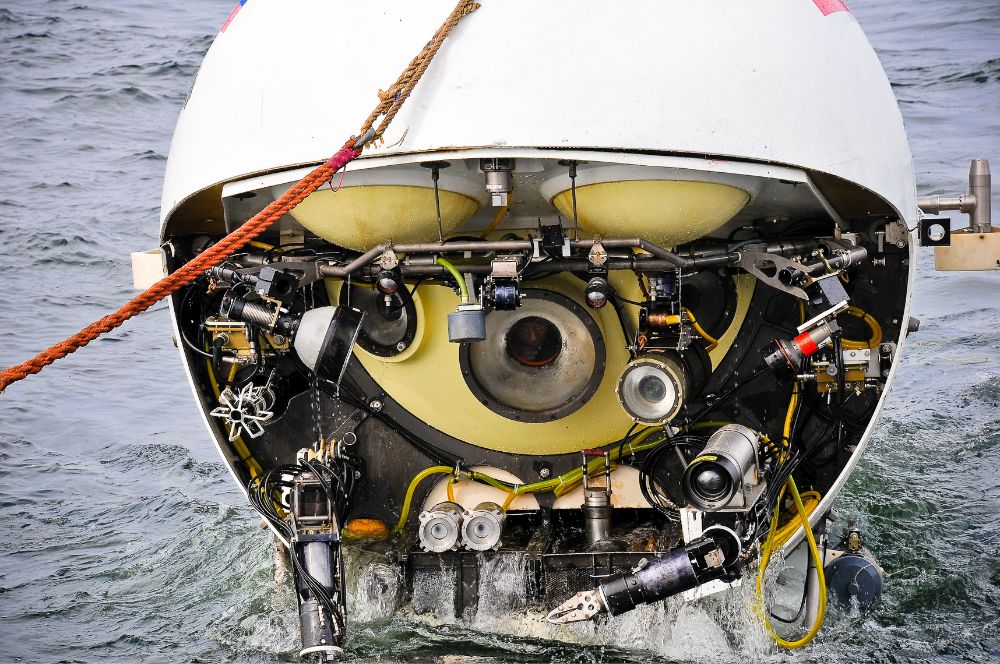
As we push the boundaries of ocean exploration, we are aided by an arsenal of ocean exploration technology and modern oceanography tools, including deep sea submarines. The mid-20th century witnessed significant advancements in submersible technology, opening new vistas in the exploration of the ocean’s deepest trenches and darkest corners. Today, remotely operated vehicles (ROVs) and sophisticated sonar mapping systems have become the eyes and ears of scientists, allowing for a precision and reach that were once unimaginable. These autonomous systems, capable of navigating the complex topography of the ocean floor, are the vanguard of deep sea exploration, shining a light on regions that have never before been seen by human eyes.
The march of progress does not stop with the hardware; enhanced remote sensing capabilities and satellite communications have united researchers across the globe, fostering collaboration and the open exchange of ocean research data. A thorough grasp of ocean currents is now within our grasp, shedding light on the intricate interplay within marine ecosystems and their role in the broader context of climate change. This fusion of advanced technology and modern oceanography is propelling us into a new era of discovery, where the ocean’s secrets are slowly being revealed through innovation and ingenuity.
Scuba Divers: Ambassadors of the Underwater World
Scuba divers, those intrepid souls who venture beneath the waves, serve as the ambassadors of the underwater world. Their role extends beyond mere observation; divers actively engage in the preservation and monitoring of marine ecosystems, making invaluable contributions to coral reef surveys and underwater cleanups. Through their explorations, they document the fragility of marine life and the ecosystems that support it, fostering a global awareness of the need for marine conservation. It is through their encounters with the ocean’s inhabitants that divers develop a profound connection with the marine environment, often becoming its most vocal and passionate advocates.
The collective actions of the diving community are a powerful force for change, underscoring the importance of ocean health and supporting the implementation of robust conservation policies. By sharing their experiences and insights, divers inspire others to understand and protect the marine world, effectively becoming stewards of the sea. Their advocacy for stronger ocean health measures is not just about safeguarding the present; it is about ensuring the future of our ocean and the myriad forms of life that call it home.
Marine Life Discoveries and Future Exploration Potential

As we cast our gaze upon the ocean’s canvas, we are reminded that it is not yet fully painted. Only a small fraction of the ocean’s life forms have been identified, leaving an estimated 90 percent shrouded in mystery, their existence mere whispers in the deep. The potential for new discoveries is boundless, as demonstrated by expeditions like the one in the Bounty Trough, which unveiled 100 new marine species, a testament to the ocean’s vast and untapped biodiversity. These findings often include creatures of such peculiarity and wonder that they seem to be born of another world, expanding our understanding of what life can be.
The exploration of remote ocean regions, including the Southern Ocean, has both challenged and enriched our ecological theories, uncovering complex ecosystems that thrive in the abyssal seafloor and within the swirling currents of the central oceanic gyres. Seamounts, those underwater mountains that rise from the depths, have revealed themselves as hotspots of biodiversity, yet they face threats from human activities and rising sea temperatures that could jeopardize their fragile existence, leading to marine ecosystems suffering. With each new species discovered and each pattern unraveled, we gain a clearer picture of the ocean currents and their profound influence on our global climate.
Through international collaborations, such as the partnership between Ocean Census and New Zealand’s National Institute of Water and Atmospheric Research, we continue to push the frontiers of marine research, uncovering the secrets of the ocean’s uncharted territories.
Summary
In our journey through the depths and mysteries of the ocean, we have encountered the vast unexplored territories that lie beneath the waves, the technological marvels that allow us to reach them, and the dedicated individuals who serve as guardians of this final frontier. As we explore, we must do so with mindfulness and respect for the intricate web of life that the ocean sustains. The ocean’s story is still being written, and we are both its scribes and its protagonists. Let us continue to explore, to discover, and to cherish the boundless wonders that await us in the heart of our blue planet.
Frequently Asked Questions
How much of the ocean has been explored by humans?
Over 80% of the ocean remains uncharted and unseen by humans, leaving the majority of its depths and marine life a mystery to us.
What limits human exploration of deep-sea environments?
The limitations of human exploration in deep-sea environments are primarily due to depth-related challenges, including increased pressure, decompression sickness risk, and orientation difficulties, which often require specialized equipment and training. These factors restrict the ability of scuba divers to explore these environments effectively.
What technologies are utilized in modern ocean exploration?
Modern ocean exploration utilizes advanced technologies such as ROVs, sonar mapping, and autonomous systems to enable precise and deep exploration of the ocean. These technologies have significantly enhanced the capabilities of modern ocean exploration.
Can scuba diving contribute to marine conservation?
Yes, scuba diving can significantly contribute to marine conservation through activities like reef surveys, invasive species removal, and advocating for the protection of marine ecosystems.
Are there still new marine species being discovered?
Yes, there are still new marine species being discovered as only about 10% of marine life has been identified. This indicates that a vast number of species await discovery by future explorers.
Related Posts
-
Exploring the Depths: A Riveting Journey…
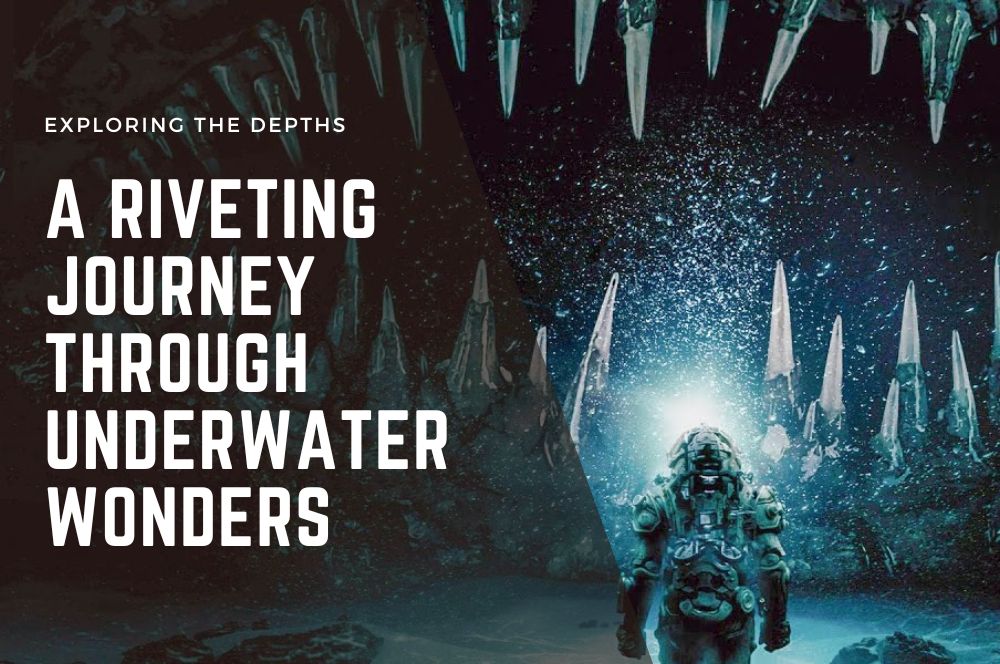
Exploring the Depths:…
Exploring the Depths: A Riveting Journey Through Underwater Wonders Uncover the hidden world underwater, […] -
Exploring the Abyss: A Comprehensive…
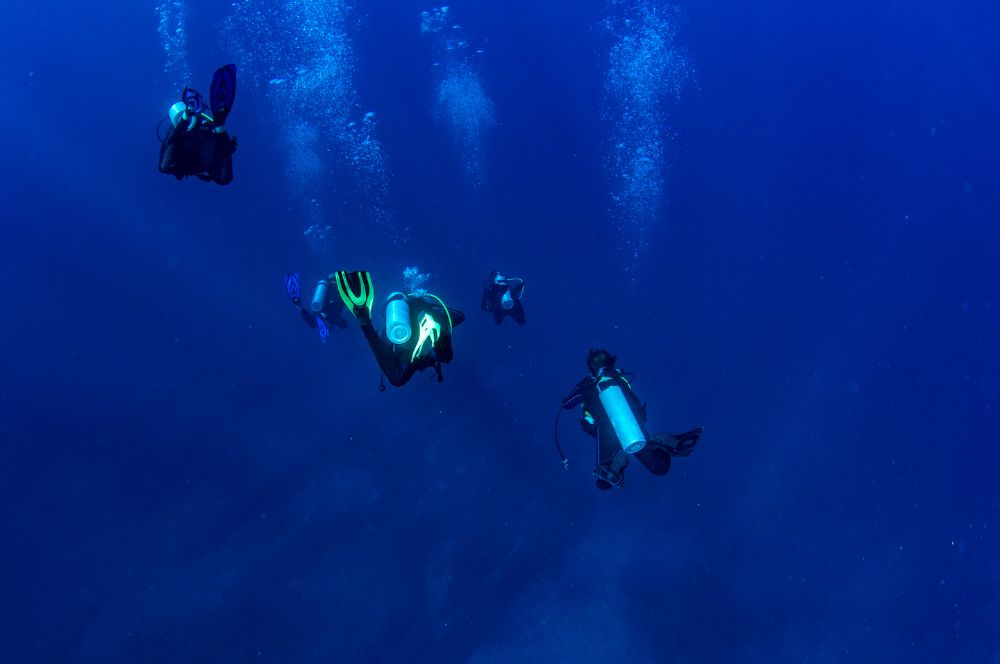
Exploring the Abyss:…
Exploring the Abyss: A Comprehensive Guide to Its Depths and Mysteries Delving into the abyss means exploring […] -
Exploring the Abyss: Unveiling the…
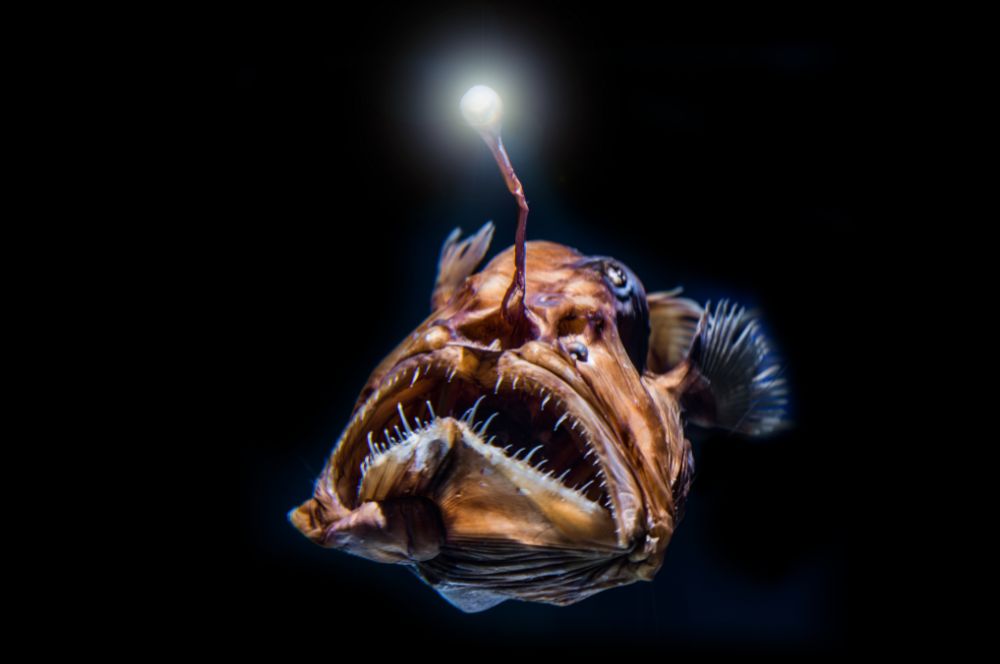
Exploring the Abyss:…
Exploring the Abyss: Unveiling the Mysteries of the Deep Welcome, fellow ocean enthusiasts and curious minds! […] -
The Abyss: Unveiling Deep Sea Technology…
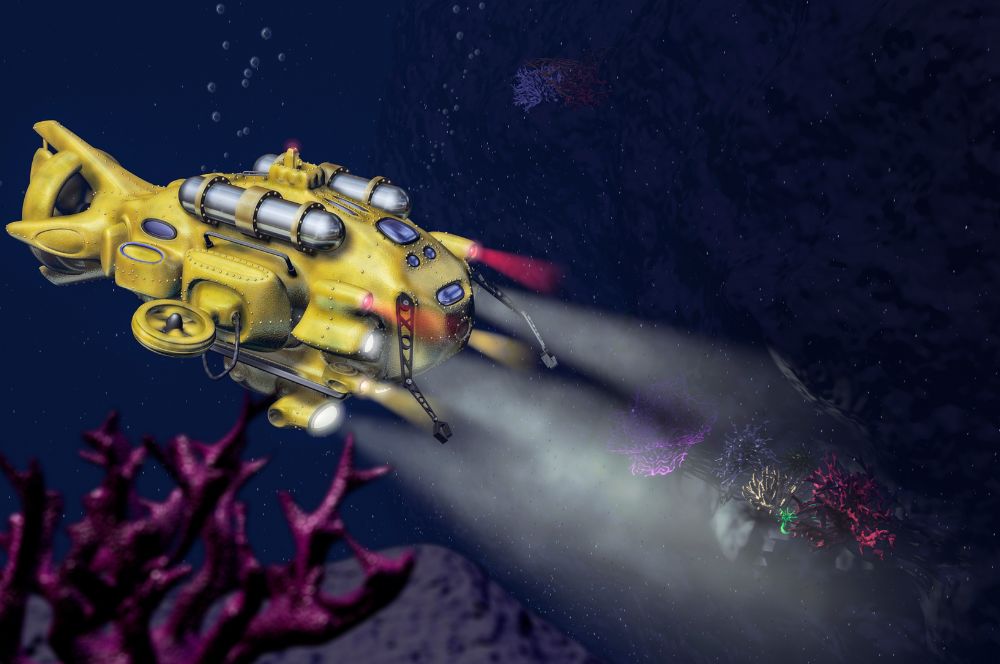
The Abyss: Unveiling…
The Abyss: Deep Sea Technology and Its Impact on Our Daily Lives For ages, the ocean's deep abyss has captivated […]
Recent Posts
